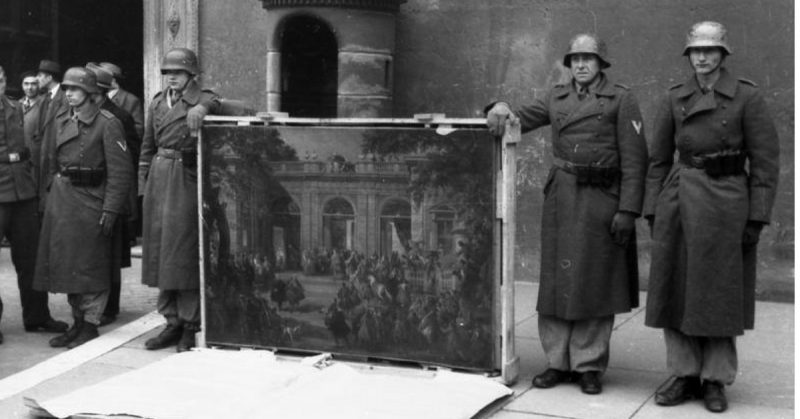Robert Edsel of Dallas, Texas, has spent decades of his life recovering art that had been stolen by the Nazis during the World War II era. He has steadfastly refused to overlook the crimes committed by the Nazis and has retained a laser-like focus on their theft of artwork.
As part of his efforts to discover the clues to where the Nazis hid these stolen artifacts, he is launching an eight-part television series on American Heroes Channel. Called “Hunting Nazi Treasure,” the series starts with Hermann Göring, who Edsel calls a “prodigious looter.”
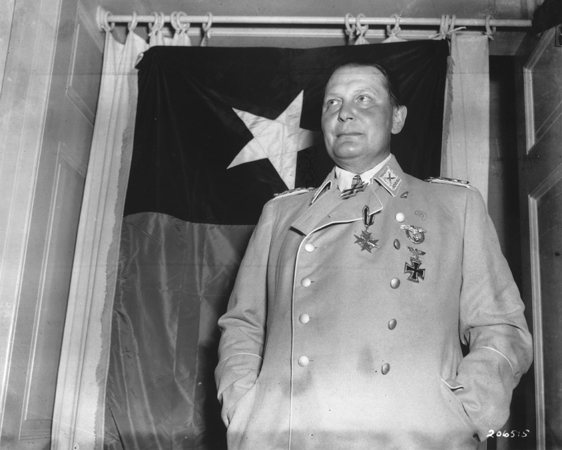
They look at where his house had been before the Soviet army destroyed it. From there, the show follows the tracks of some of the numerous paintings he stole, including many that he personally selected for his own private collection.
As Edsel puts it, instead of focusing on “knocking England out of the war,” Göring was out on a shopping spree.
However, this is just the starting point for the series. Over the course of the show’s eight episodes, viewers will travel to four continents and fourteen different countries – from Chile to Russia and many places in between.
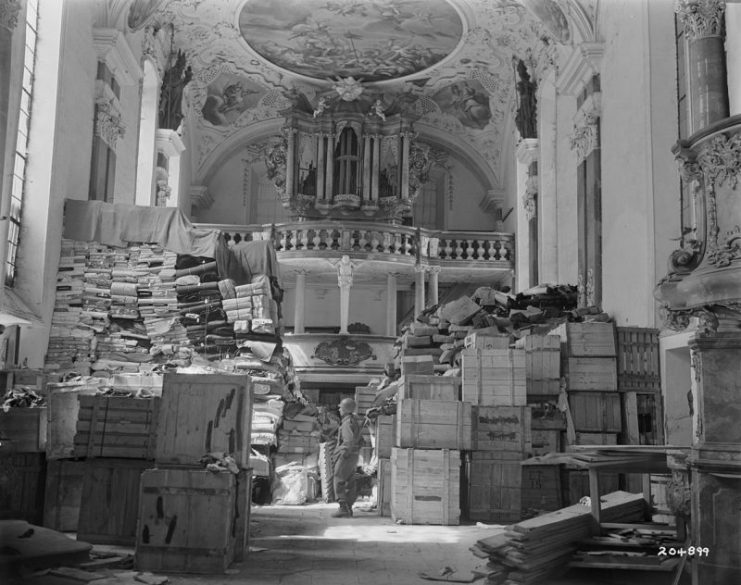
Now 61-years-old, Edsel has been on quite a trip through life himself. A star tennis player at both St. Mark’s School of Texas and Southern Methodist University, he became an executive in the oil and gas industry. Eventually, he sold his company, Gemini Exploration, for millions of dollars.
In 1996, he moved to Florence, Italy, to follow his passion for art and monuments. This developed into a desire to locate and return all of the artworks stolen by the Nazis – which had become his full-time occupation by 2001.
He published “Rescuing Da Vinci” in 2006, “The Monuments Men” in 2009 and “Saving Italy” in 2013. He has also co-produced a documentary called “The Rape of Europa.”
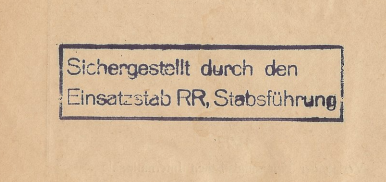
“The Monuments Men” was turned into a Hollywood movie in 2014 which starred George Clooney and Matt Damon.
In 2014, Edsel received the Foundation for the National Archives’ highest honor. The reward has previously been given to Tom Brokaw, Steven Spielberg, Ken Burns, and David McCullough.
Which leads us to the current TV series. Edsel sees it as a groundbreaking event because of the hundreds of thousands of artworks still missing since WWII.
In his estimation, anything that was portable has likely survived to the present. Anything that took more than one person to carry was probably destroyed.
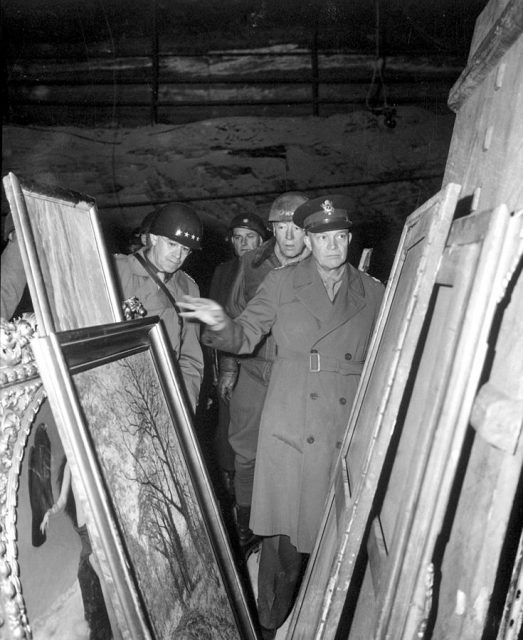
He says that the mindset of the times was not about stealing but about how to obtain the necessities for your family and how to keep them safe. If you could bribe an official with a rare piece of art, you did what you felt you had to do. He says the era was one of “Depression-like times with war overlaying it.”
He hopes that someone watching the series will have a memory triggered. Such a jolt could be just what is needed to return a rare work of art to its rightful owner.
He calls the series “America’s Most Wanted for Culture.” He hopes that someone with a missing work of art in their attic will call the toll-free number for the foundation and ask about it. Then the foundation can work to try and identify the rightful owner and work to get the art back where it belongs.
The show will even take their cameras into some of Hitler’s bunkers and Göring’s basement, where swastikas are still painted on the walls.
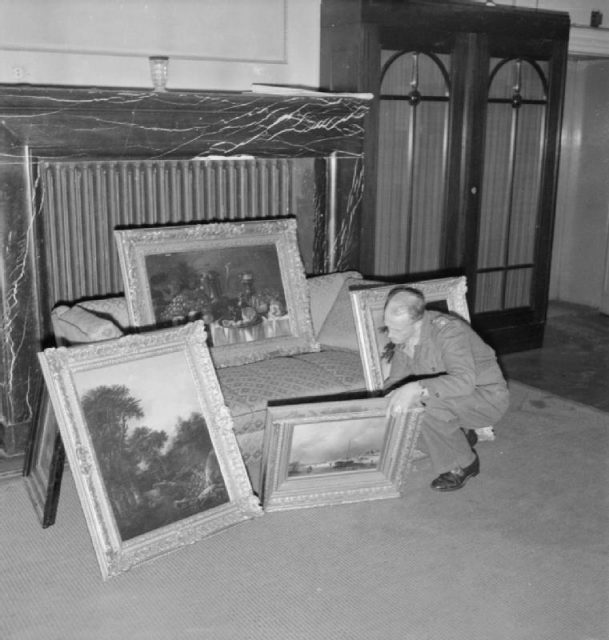
Edsel says that the series is not about assigning blame but only about getting valuable cultural artifacts back to their proper owners.
He says that Germany is working to research the providence on paintings as they attempt to atone for this “black mark on history.”

Austria is slowly improving, he says. They still try to act like they were victims, but footage from the era shows Austrians throwing flowers and welcoming Hitler as a great leader. There are works of art in Austrian museums that the government has made difficult to research.
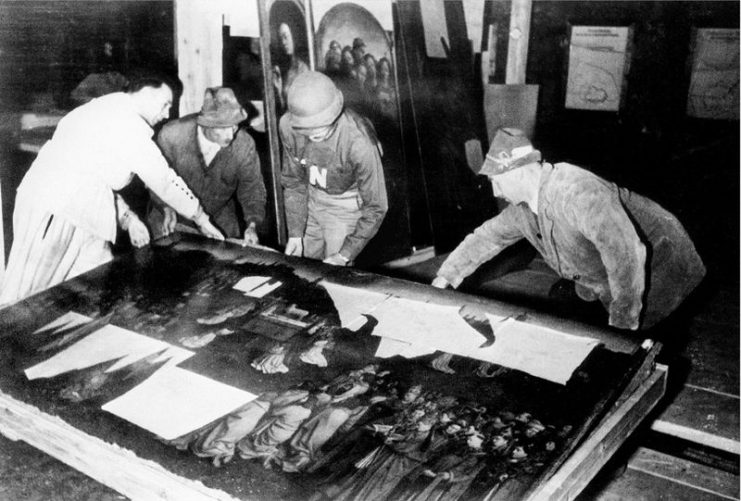
The show has already aired in Canada where it generated about thirty leads for the foundation to follow. It will next run in the US and then in the UK, Germany, France and other countries.
Discussing the Allied soldiers who took artifacts as souvenirs, Edsel said that he hopes they will decide to see that item returned to a museum or to its proper owner.
